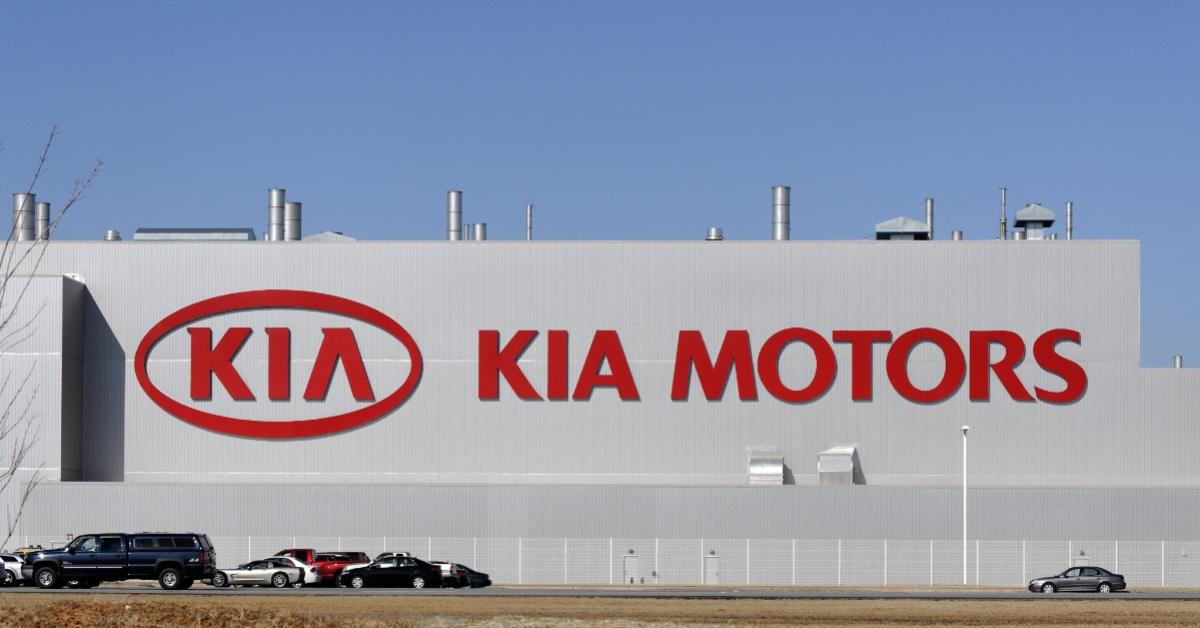
They read like Civil War battlefields: Chattanooga, Tennessee; Tuscaloosa, Alabama; Greer, South Carolina; West Point, Georgia; Montgomery, Alabama; Tupelo, Mississippi; Smyrna, Tennessee. They are the towns and small cities in the Deep South where America now builds its cars and trucks.
Take Greer, for example (population of thirty-five thousand as of 2020). Located in the foothills of the bucolic Blue Ridge Mountains in the northwest corner of South Carolina, it is home to the BMW US manufacturing plant.
According to BMW, the Greer facility employs over twenty-three thousand people to produce the models X3–X7 as well as the XM crossover SUVs and has invested nearly $5 billion in the 1,150-acre, four-million-square-foot campus.
What about New York?
There was a GM plant in Sleepy Hollow, New York, where the Buick Century and Pontiac Bonneville were once made, but that shut down in 1996. Ford made radiators and springs in Green Island, New York, but that closed in 1989, and the building was demolished in 2004. I am told there are still a few small, outdated parts facilities in Buffalo just hanging on like the rest of the city.
According to the Buffalo City Journal,
at the onset of the Great Depression, Buffalo had 573,000 inhabitants, making it the 13th-largest city in America. In the 75 years that followed, this once-mighty metropolis lost 55% of its population, a decline most dramatic in its blighted inner city but also apparent in its broader metropolitan area, one of the 20 most quickly deteriorating such regions in the nation.
New York recently tried to lure industry back to Buffalo and the rest of Upstate New York, but to date, its ham-fisted and misguided efforts have had only mixed results. Take, for example, the Buffalo Billion project. The project has been caught up in a corruption and bid-rigging scandal that led to the conviction of former SUNY Polytechnic Institute president Alain Kaloyeros, who oversaw all upstate economic development projects. The developer and others connected to the project were also fined and jailed.
New York spent almost $1 billion on a factory and equipment to build a solar plant for a Tesla-Panasonic joint venture. Panasonic pulled out in 2020, leaving Tesla holding the bag. Tesla, for its part, has switched production from solar roof panels to components for its electric vehicles. Tesla’s agreement with the state inexplicably only requires the company to have a certain number of jobs in Buffalo. It does not include any provisions regarding the types of jobs or how much the jobs pay. Because of Tesla’s switch in production, the state has been forced to sell or scrap expensive taxpayer-funded solar manufacturing equipment costing more than $200 million. Yet another socialist experiment gone awry!
Of course, this invites a serious question. Why not create an environment that companies will be attracted to instead of bribing them to relocate with taxpayers’ money? It should not be overlooked that BMW received hundreds of millions of dollars in public subsidies and tax breaks to settle in Greer, but it still doesn’t compare to the subsidy dollars thrown about in New York.
Many wonder, “What has happened to the once great Empire State?” The sad truth is that we hardly make anything here anymore. Take General Electric, for example. In the 1950s they employed over forty thousand people in Schenectady. Now fewer than four thousand people work in the upstate facility. No one would be surprised if GE closed the facility entirely. You can still drive by the sprawling complex—a city within a city of mostly empty and shuttered brick buildings.
The story is similar for Grumman Aircraft, the maker of the World War II Wildcat and Hellcat fighter planes, as well as the Apollo Lunar Module. At its peak in 1986, it employed twenty-three thousand people on Long Island and occupied six million square feet of office and factory space. The company eventually closed almost all its facilities on Long Island and converted its Bethpage plant into a residential and office complex.
I know there are many New Yorkers who are happy about the exodus of jobs: No smells, no drilling, no smoke, no noise, no traffic, no lights, no parking lots, no nothing. These modern-day Luddites have a natural antipathy to everything that smacks of business and industry. It seems they want the eggs, but not the chickens that lay them.
To be fair, Micron Technology plans to spend up to $100 billion on a massive complex of computer chip plants in Syracuse’s northern suburbs, in what would be the largest single private investment in New York history. The move to New York, however, comes with a steep price tag for taxpayers because Micron will receive billions in federal, state, and local tax incentives. The state incentives alone are expected to reach almost $6 billion over twenty years. The federal subsidy comes as a result of the recently signed CHIPS and Science Act, which aims to provide $52 billion in direct subsidies and more than $24 billion in investment tax credits to promote the manufacture of semiconductors in the United States.
Critics of the act argue that “it perpetuates more deficit spending to support profitable industries that already plan to expand without taxpayer subsidies.” (Then there’s always the shadow of Solyndra, which hangs over all government attempts to meddle in the free market. Will this be a reprise?)
In the ’50s, when I was just a kid living on Long Island, I would often hear grown-ups say, “If you can’t make it in New York, you can’t make it anywhere!” Back then, people didn’t move to places like Greer, South Carolina, or Tuscaloosa, Alabama, to find work. People from there came to New York.
A few years ago, I spoke to my neighbor Bob, who is retired and lives with his wife in Pawling (a small community in Dutchess County, about sixty miles north of New York City). He mentioned that he was thinking of moving to Georgia. “How come?” I asked. “Well, my son got a good job down there, and at our age, we thought we should live near our children. And besides, we want to see our grandchildren grow up.”
So that’s what it has come to. When we send our children off to college, we should not expect them to come home—not to New York, anyway. There are few good jobs here: not in Pawling; not in Buffalo; not in Schenectady. If we want to be near our children and see our grandchildren grow up, then we will have to go to them—to places like Smyrna and Greer.
According to the New York Post, an analysis of new federal labor statistics reveals that
New York still has 454,000 fewer private-sector jobs than it had two years ago before the coronavirus pandemic hammered the city and state—a 4.1 percent employment deficit that is the worst in the mainland U.S. . . .
“. . . only Hawaii and Alaska were worse off,” . . . .
Meanwhile, Florida and Texas have added jobs during the pandemic—3.4 percent and 2.9 percent respectively.
The exodus of jobs is mirrored by an exodus of people. Between April 1, 2020, when the last census estimates were released, and July 1, 2021, New York state lost more than 365,000 people, or 1.8 percent of its population.
This is what the deadweight of government has wrought. I hope the last one to leave New York remembers to turn off the lights!







